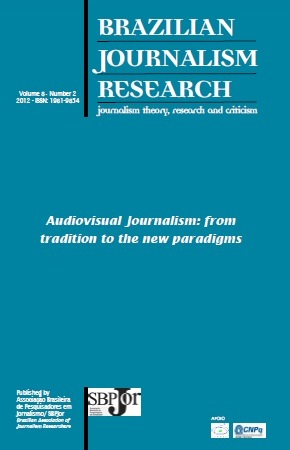Abstract
Wider audience participation, the hybridization of genres and formats, and transmediality, are the main features of today´s communication processes. Convergence influences journalistic practice and imposes new ways of doing and thinking about television broadcasting. TV newscasts are still the highest-impact information products in the world. However, watching TV and accessing the internet are activities that are increasingly intertwined. The purpose of this study is to identify effects of the use of digital tools on the construction of the news and to verify whether they contribute to a higher quality audiovisual journalism and to a new way of writing the daily social experience. This study will present the results of a quantitative and qualitative analysis of the news of two vehicles of: the main private Brazilian communication group: Globo; the local television newscast RJTV; and the news portal G1. This paper featured in the Journalism Research and Education section, at the International Association of Media and Communication Research- IAMCR, Durban, South Africa, 2012.
Copyright for articles published in this journal is retained by the authors, with first publication rights granted to the journal. By virtue of their appearance in this open access journal, articles are free to use, with proper attribution, in educational and other non-commercial settings.
This work is licensed under a Creative Commons Attribution-NonCommercial-NoDerivatives 4.0 International License.


